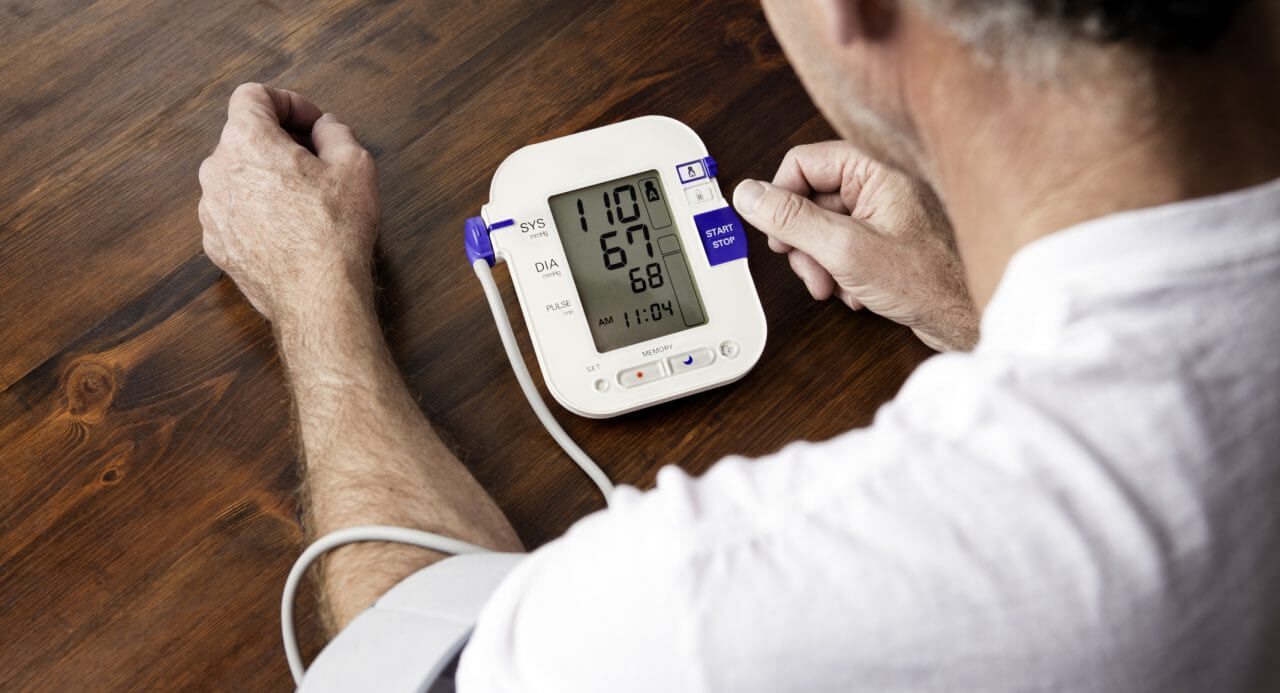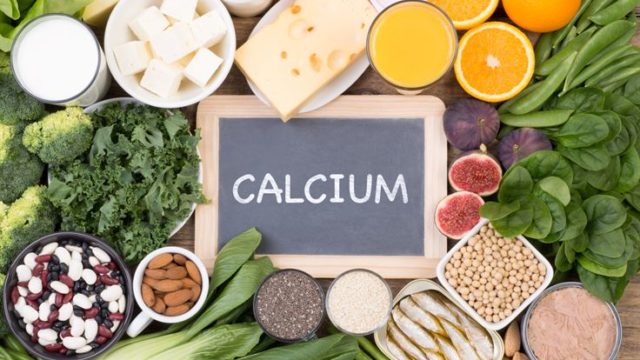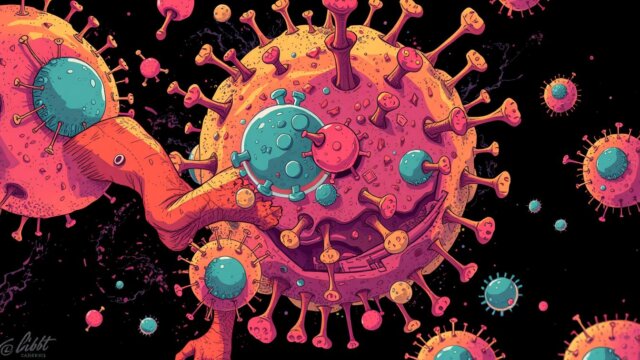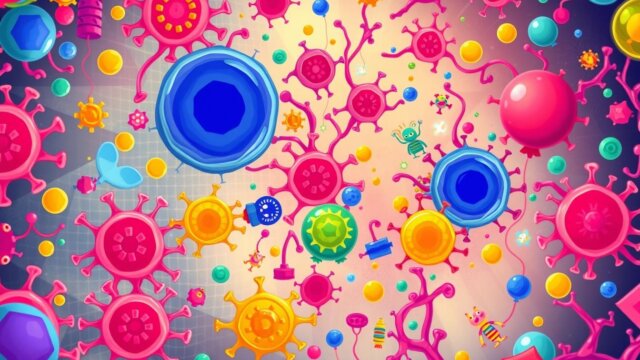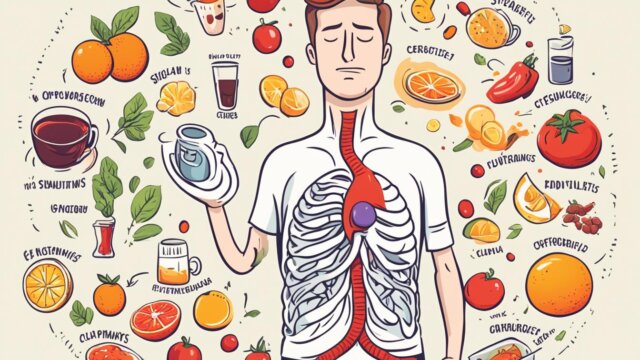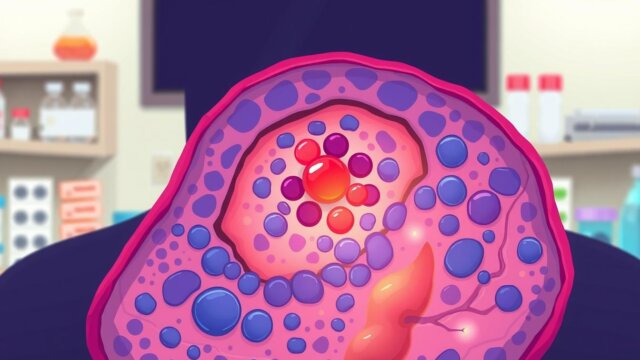FTC disclaimer: This post may contains affiliate links and we will be compensated if you click on a link and make a purchase.
If, after the routine check-up, your attending nurse or doctor tells you that your blood pressure readings range from 115/80 mmHg to 120/80 mmHg, what does that mean?
You must know what your blood pressure readings mean. It would help you know whether your blood pressure is still normal or elevated.
Let’s dive into the details of blood pressure readings and their meaning in different conditions.
Understanding Blood Pressure Readings
Blood pressure readings consist of two blood pressure numbers. These two blood pressure numbers are written fractionally: one number on top and one on the bottom (128/82 as an example).
The number that is on top is called Systolic Pressure. Systolic blood pressure measures the pressure inside the blood vessels when the heart is beating.
The number on the bottom, on the other hand, is the Diastolic Pressure. Diastolic blood pressure measures the pressure in the blood vessels between heartbeats while the heart is resting.
Let’s understand from different perspectives.
As the heart beats, it creates a pulsating force that keeps the blood moving through the circulatory system, and the measurement of this force is called blood pressure.
Within each beat, the heart also contracts, which then sends a surge of pressure into the bloodstream, and this surge period is called Systolic; it is the first number in a blood pressure reading.
After the surge, the heart rests briefly and expands, preparing for another beat. This expansion period is called Diastolic; it is the second number in a blood pressure reading.
Thus, having a blood pressure reading of “120 over 80” means that the systolic BP is 120, and the diastolic BP is 80.
What are Normal Blood Pressure Readings?
Doctors generally agree that systolic readings of 120 to 140 and diastolic readings of 70 to 90 are normal.
A slightly higher reading of 140 to 159 and 90 to 94 is considered mildly elevated blood pressure or mild Hypertension.
A blood pressure reading of 160 to 179 and 94 to 114 signals moderate Hypertension, and anything above these limits can already post a severe health-related problem.
Blood pressure usually changes throughout the day, often by 40 points or more. Exercise and stress will likely increase it, while relaxation and sleep will lower it.
An increase in blood pressure by ten or more points will likely be caused by standing up or walking. Believe it or not, simply worrying about blood pressure will increase your BP.
What is considered High Blood Pressure Readings?
BP Readings above 120/80 mmHg are considered high blood pressure.
A blood pressure reading above these limits is considered a severe health problem. Medication is generally not prescribed to bring down blood pressure until the systolic pressure reaches 140 or the diastolic pressure reaches 90.
High blood pressure rarely shows any symptoms, but it can do hidden damage to the arteries, which can eventually lead to deadly diseases like stroke, heart attack, heart disease, or kidney disease.
On the other hand, low blood pressure may cause dizziness or fainting, especially when one suddenly stands up.
For diabetes or impaired kidney function, blood pressure above 130/80 mmHg is given medication. That’s because they are already at higher risk for heart attack and stroke.
Effects of High Blood Pressure Readings
If high blood pressure readings stay elevated over time, it may cause damage to the body, and some of these are:
Kidney failure – blood vessels in the kidney may narrow
Vision changes or blindness – blood vessels in the eyes may burst or bleed
Heart failure – the heart may get larger or weaker; a condition in which the heart can’t pump enough blood throughout the body.
Arteries throughout the body may narrow in some places – this limits blood flow, especially to the heart, brain, kidneys, and legs; it can cause a heart attack, stroke, kidney failure, or amputation of part of the leg.
Aneurysms may form in blood vessels – Abnormal bulges or “ballooning” in the wall of an artery.
Moreover, the common spots for aneurysms are the main artery that carries blood from the heart to the body.
With age, blood pressure tends to rise. But having a healthy lifestyle helps some people delay or prevent this rise in blood pressure.
There are ways to control high blood pressure, and some of them are the following:
- A healthy lifestyle
- Having ongoing medical care
- And following the treatment plan that your doctor prescribes.
What are Average Blood Pressure Readings?
As blood pressure changes more often throughout the day, it is better to have several blood pressure readings to help figure out the average blood pressure numbers.
A person’s blood pressure readings may fluctuate in a day within a specific range due to several factors.
Things that can make a person’s blood pressure change within a few minutes may include:
- Posture
- Exercise
- Tension
- Stress
- Tobacco use
- Alcohol intake.
You must also note that blood pressure may run high or low in families.
For this reason, it is also essential to look at one’s overall health, lifestyle, healthy diet, and family history when comparing their blood pressure readings to what’s considered the normal level.
Range of Blood Pressure Readings
There are four general blood pressure readings ranging from normal to stage 2 hypertension (high blood pressure).
And the range of blood pressure will determine what kind of treatment you may need.
The doctor should evaluate your readings based on the average of two or more blood pressure readings taken while seated to get an accurate blood pressure reading.
As per American Guidelines (ACC/AHA), the range of blood pressure readings is stated below.
Blood Pressure Category | Systolic mm Hg (Upper Number | and/or | Diastolic mm Hg (Lower Number) |
Normal BP | Less than 120 | and | Less than 80 |
Elevated BP | 120 – 129 | and | Less than 80 |
High Blood Pressure (Hypertension) Stage 1 | 130 – 139 | or | 80 – 89 |
High Blood Pressure (Hypertension) Stage 2 | 140 or higher | or | 90 or higher |
Hypertensive Crisis (consult your doctor immediately) | Higher than 180 | and/or | Higher than 120 |
As per European Guidelines (ESC/ESH), the range of blood pressure readings is stated below.
Blood Pressure Category | Systolic mm Hg (Upper Number) | and/or | Diastolic mm Hg (Lower Number) |
Optimal BP | Less than 120 | and | Less than 80 |
Normal BP | 120 – 129 | and/or | 80 – 84 |
High Normal BP | 130 – 139 | and/or | 85 – 89 |
Grade 1 High Blood Pressure (Hypertension) | 140 – 159 | and/or | 90 – 99 |
Grade 2 High Blood Pressure (Hypertension) | 160 or higher | and/or | 100 or higher |
Grade 3 Hypertensive Crisis (Emergency Care Needed) | Higher than 180 | and/or | Higher than 110 |
Normal and Elevated Blood Pressure Readings
Normal and elevated blood pressure is divided into three parts in European guidelines.
- Optimal = BP < 120/80 mm Hg
- Normal = BP value between 120-129/80-85 mm Hg
- High-normal = BP values between 130-139/85-89 mm Hg
In American guidelines, normal and elevated blood pressure is divided into two parts
- Normal = BP < 120/80 mm Hg
- Elevated = BP value between 120-129/80-85 mm Hg
You must follow and maintain a healthy lifestyle with normal and elevated blood pressure readings.
High Blood Pressure (Hypertension) Readings
In European guidelines, Hypertension is divided into three grades
- Grade 1 High blood pressure (Hypertension) = Systolic BP value between 140 – 159 mm Hg or Diastolic BP value 90 – 99 mm Hg
- Grade 2 High blood pressure (Hypertension) = Systolic BP value greater than equal to 160 or Diastolic BP value greater than equal to 100.
- Grade 3 High blood pressure (Hypertension) = Systolic BP value greater than 180 and/or Diastolic BP value greater than 110.
In American guidelines, Hypertension is divided into three stages
- Stage 1 High blood pressure (Hypertension) = Systolic BP value between 130 – 139 mm Hg or Diastolic BP value 80 – 89 mm Hg
- Stage 2 High blood pressure (Hypertension) = Systolic BP value greater than equal to 140 or Diastolic BP value greater than equal to 90.
- Stage 3 High blood pressure (Hypertension) = Systolic BP value greater than 180 and/or Diastolic BP value greater than 120.
In Stage 1 and stage 2 hypertension cases, you have to maintain a healthy lifestyle and take medication to lower the blood pressure.
In stage 3 hypertension, you have to consult your doctor on an emergency basis.
Moreover, you may have confused if your one upper or lower blood pressure reading falls under the hypertension category and the other one falls under the normal category then which condition to follow.
Suppose your blood pressure reading is showing 160/80 mmHg, you will notice that the systolic is in the range of stage 2 hypertension, and the diastolic pressure is in the range of normal blood pressure.
In this case, the higher category will always be followed, which means you have stage 2 hypertension.
Normal or Abnormal Low Blood Pressure Readings
The regular or average blood pressure reading determines whether it is normal or abnormal to have low blood pressure reading.
Normal low blood pressure readings
Here’s an example of when it’s normal to have low blood pressure.
If you’ve always had blood pressure readings of around 90 / 50 for the whole of your life, you have “low blood pressure,” but there is nothing wrong with you or your blood pressure reading.
You should be pleased that your stroke or heart attack risk will be much less than many others. You’re not likely to experience any symptoms from your “low blood pressure.”
Putting it simply – your blood pressure is normal for you and needs no investigation or treatment.
This kind of “normal low blood pressure” will not cause you any symptoms and need no treatment. It’s just part of you and how your system works.
Abnormal low blood pressure readings
So, when to consider your low blood pressure as abnormal?
For instance, if your blood pressure reading is on average around 130 / 80 mm Hg, then suddenly or gradually it drops to a level around 90 / 50 mm Hg, it’s very likely that it will show some symptoms of this change.
As in the above example, you have “low blood pressure.” But, in this case, it is not normal to have low blood pressure readings.
In such cases, you may need to see your doctor immediately. Further, in such a condition, it may indicate that you have some disease or are taking some medication that causes your blood pressure to drop.
Someone who develops low blood pressure will often experience the symptoms listed below.
The symptoms of abnormally low blood pressure can include:
- Feeling lightheaded
- Feeling dizzy
- Being tired
- Feeling fatigued on exertion
- Fainting
- The transient blurring of vision
- Transient confusion.
If the above low blood pressure symptoms resolve, the blood pressure will return to normal.
Below, we will look after the possible causes of low blood pressure when abnormally low.
Medication causes include:
- Medications for anxiety
- Medications for blood pressure
- Heart medications, diuretics, or “water tablets.”
- Anti-depressant medications.
- Other medication-related causes are painkillers and alcohol – mainly if these two are mixed!
Non-medication causes include:
- Dehydration
- Heart disease
- Heart valve disease
- Recent heart attack
- Changes in heart rhythm
- Bacterial infection in the system
- Kidney diseases
- Diabetes mellitus
- Hemorrhage or bleeding.
As you can see, the causes of low blood pressure in the above list are extensive. But, if you have any concerns, then consult your physician.
Moreover, don’t try to diagnose your condition – seek help if you are worried. Low blood pressure is not likely to do you any serious harm, but it can leave you feeling pretty miserable.
How to lower blood pressure readings?
It is imperative for those diagnosed with high blood pressure to take the necessary steps to control and lower their blood pressure.
As per research, high blood pressure has caused more than 1 billion premature death worldwide.
The treatment goal is to keep your blood pressure below 140/90 and lower for conditions such as diabetes and kidney disease.
Lower blood pressure through lifestyle changes
Adopting healthy lifestyle habits is effective in lowering blood pressure and controlling it.
According to research studies, a healthy lifestyle has helped reduce drug treatment and has also been found effective in the delay of drug treatment.
If, however, lifestyle changes alone are not effective in keeping one’s blood pressure lower and under control, then one may need to take proper blood pressure medications under the doctor’s supervision.
Lifestyle changes to be taken should include:
- Avoiding smoking
- Reducing alcohol
- Salt intake
- Having a healthy diet that mainly includes fruits, vegetables
- The high amount of fiber
- Low in fat
- Minimizing stress in one’s life
- Take regular exercises.
Lower blood pressure through medication
For those requiring medication to be taken as well, the major types of medication used to control high blood pressure include:
Angiotensin-converting enzyme (ACE) inhibitors help the blood vessels relax by blocking the formation of a natural chemical that narrows blood vessels.
Angiotensin II receptor blockers – These medications help the blood vessels to relax by blocking the action — not the formation, unlike ACE inhibitors — of a natural chemical that narrows blood vessels.
Beta-blockers – These medications reduce the heart’s workload and open the blood vessels, slowing the heartbeat with less force.
Calcium channel blockers – These medications help relax the blood vessels of the muscles.
Renin-inhibitors – Aliskiren (Tekturna) is a renin-inhibitors that slows down renin production, an enzyme produced by the kidneys. It helps in controlling the cascading effect of chemical that increases blood pressure.
Thiazide diuretics are sometimes also called “water pills” it acts on the kidneys to help the body eliminate sodium and water, which reduce blood volume.
Other medications
If the blood pressure goal is still not achieved with the combinations of the above medications taken, the doctor may also prescribe:
Alpha-blockers – These medications reduce nerve impulses of blood vessels, thus reducing the effects of natural chemicals that narrow blood vessels.
Alpha-beta blockers – In addition to reducing nerve impulses to blood vessels, alpha-beta blockers also slow the heartbeat to help reduce the amount of blood pumped through the blood vessels.
Central-acting agents – These medications prevent the brain from sending signals to the nervous system that increases the heart rate and narrow the blood vessels.
It works to keep the heart rate lower and reduce blood pressure.
Vasodilators – These medications work directly on the muscles of the walls of the arteries and prevent the muscles from tightening and the arteries from narrowing.
Once the blood pressure is already under control, the doctor may prescribe aspirin daily to reduce the risk of cardiovascular disorders.
